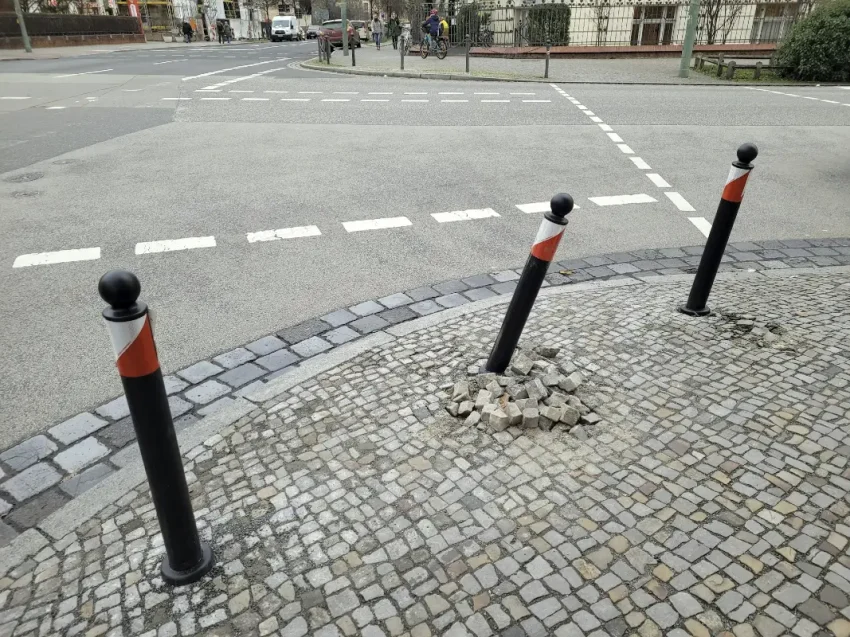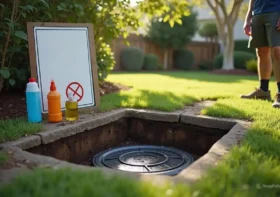Planning Failures That Don’t Show Up Until It’s Too Late

Urban planning is meant to create places that are practical, safe, and easy for everyone to use—parks that invite, roads that flow, spaces that simply work. But even well-meaning plans can overlook small but important details. Certain flaws often remain hidden until something goes wrong—like an emergency, a sudden crowd surge, or an unexpected disruption.
To avoid unexpected complications, planners need to think ahead and imagine not just how things should work, but how they might break down. Spotting potential trouble early allows for smarter design choices that hold up in both everyday use and high-pressure situations. A proactive mindset helps make places safer and more reliable.
Contents
Access Points That Block Emergency Response
On a normal day, access routes might seem fine. But in an emergency, the flaws in these setups can become a serious problem. A removable bollard, meant to manage traffic, can block emergency vehicles when every second matters. Fire lanes, essential for quick response, often get cluttered with parked items or debris if they aren’t regularly checked.
Manual gates that require someone to unlock them can waste precious time and distract first responders. Some vehicle paths might also be too narrow or unstable for larger emergency vehicles—an issue that doesn’t show up until the need is urgent. Identifying and addressing such weak points ahead of time can make emergency access quicker and smoother.
Pathways That Assume Predictable Human Behavior
Planners often assume that people will use walkways and paths exactly as designed. But in reality, shortcuts are common—especially when the layout lacks convenience. The result can be worn-down lawns, damaged landscaping, or risky crossings never intended for foot traffic.
If crosswalks don’t have enough visual guidance, people get confused—and that raises the chance of accidents. Shared paths for runners, bikers, and walkers can become disorganized or even dangerous without clear rules. Simple solutions like signs and dedicated lanes can go a long way in helping people move through these spaces more safely.
Site Circulation That Collapses Under Volume Spikes
Even well-built infrastructure can fall apart under pressure. School drop-off zones are a good example. They may work just fine most days, but during busy times, a surge in traffic can create chaos. Cars can back up into nearby streets, causing long delays and creating blind spots that put both kids and drivers at risk, especially when parents double-park or stop in undesignated areas.
Bad entry and exit designs only make the mess worse. Overflow parking lots with poor signs or lighting add to the confusion, leaving drivers annoyed and lost. This isn’t just frustrating—it’s risky. Regularly checking and updating how high-traffic areas handle volume can prevent these problems from spiraling out of control.
Passive Safety Features That Create Active Risk
Some features meant to improve safety can actually cause problems if not planned carefully. For example, low barriers might seem helpful, but visual obstructions at intersections can make it harder for drivers to spot pedestrians—especially when turning—and harder for pedestrians to judge when it’s safe to cross. The result is a higher risk of accidents.
Decorative benches or planters can also cause trouble. During busy times, such features often clog up entryways, making movement difficult for pedestrians. In crowded moments, these blockages may create unsafe crush points. Regular checks on the placement of benches, planters, and similar objects—and relocating anything that obstructs foot traffic—can help keep pathways clear.
Maintenance Protocols That Break Down Under Real Use
A plan might look good on paper, but it can fall apart once real life kicks in. Take drainage systems—without proper placement from the start, performance during rainfall is compromised. Water can pool around building entrances or low-lying walkways, leading to unexpected flooding in areas assumed to be safe.
Gate locks offer another example. Often overlooked in maintenance routines, faulty locks during emergencies can leave key entry points inaccessible. Light fixtures that remain unchecked may burn out or stop functioning altogether, turning once-safe spaces into hazards at night. Regular inspections and a simple maintenance checklist can help catch such issues early, before they escalate.
Planning mistakes often stay hidden until real life exposes them—a school drop-off turned gridlock, a blocked fire lane, a shortcut carved into a soggy lawn. It’s tempting to believe that if it looks good on paper, it will work in practice. But cities aren’t lived on blueprints. People improvise, weather changes, and emergencies test the weak spots. A planter in the wrong place or a gate that won’t open fast enough can create real risk. The smartest designs come from walking the site, asking inconvenient questions, and imagining the worst. When things go right, no one should have to notice.



